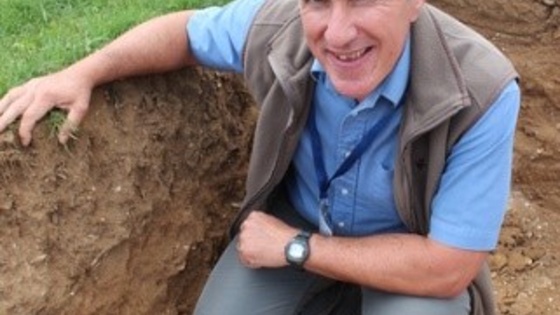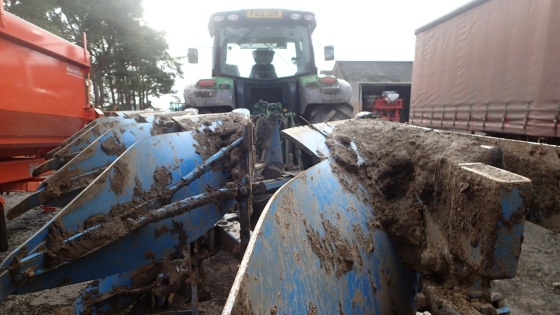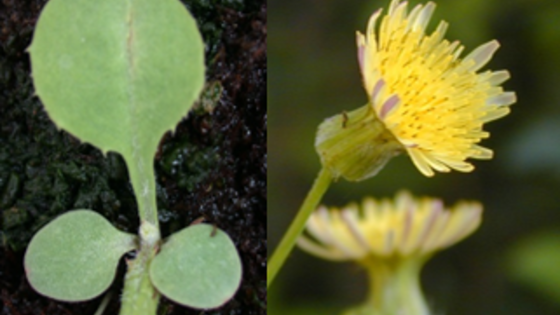Cultivation Principles - Smooth sow-thistle

Cultivation Principles
Our Expert
Philip Wright
Philip Wright was trained in agricultural engineering at Silsoe College, Bedford, gaining an Honours Degree in 1979. He became registered as a Chartered Engineer with the Engineering Council in 1990, and is a member of the Institution of Agricultural Engineers, the American Society of Agricultural and Biological Engineers and the British Society of Soil Science. Philip was technical director of Simba International (now Great Plains), the UK leading manufacturer of cultivations machinery, having been employed there since 1979.
As part of the BASF panel of Arable Weed Control experts, Philip will advise on cultivations and drilling techniques specifically targeting the control of various key weeds, for example how they respond soil disturbance, where the weed seed bank needs to be for best control [inverted/buried, or in the upper zone of maximum residual herbicide efficacy], plus the ideal scenarios for effective control – delayed drilling, spring cropping, other cultivations and residue/canopy management options, ideal cropping rotation sequences, etc.

Residue spreading and shallow stale seedbed cultivation by raking
Residue Management: Ensure even spread of residues across field and a good chop of straw to maximise herbicide efficacy and avoid unnecessary cultivations. Straw chopper knives need changing/reversing regularly – often 3 or more times a season.
Where appropriate (e.g. when direct drilling with appropriate drill into high residue levels) leave a longer stubble height. Stubble mulching of high stubbles can be used where straw needs time to become brittle after harvest.
Residue spreading and shallow stale seedbed cultivation by shallow discing/rolling (multiple passes followed by glyphosate as needed) is effective to manage residues, control slugs, and create the best conditions to stimulate weeds outside the crop. Depth to be only just greater than drilling depth of following crop, ideally ≤5cm. Consolidate after tillage to maintain moisture in the stale seedbed. Surface consolidation is essential after shallow tillage, and through to depth pressing plus surface consolidation is needed following deeper tillage. Timing of tillage is preferably later in autumn or spring.
Maintain seed bank horizons by controlled surface disturbance of all operations. Mixing weed seeds to variable depths reduces efficacy of residual herbicides and prolongs the germination period for weeds.
Loosening as needed by low rake angle winged tines with adequate lift height for conditions and depth worked. This controlled vertical fissuring also minimises disrupting the weed seed bank horizons. Aim to establish a following crop ASAP after loosening (cover crop if spring drilling next main crop) to stabilise the resulting structure created.
Plough where severe infestations are present – note ensure policy suits other weed species if present. Skimmers need to be set adequately and depth, furrow width and speed need managing to ensure all weed seeds are buried below 5cm. Pre- discing and rolling ahead of ploughing will help to ensure this process is as effective as possible.
AT ALL COSTS avoid: (i) deep non- inversion mixing – especially disc or disc/tine based; (ii) re-inversion before 5 or preferably more years; (iii) lower depths of disturbance when cultivating than during follow-on spring drilling, (iv) failure to consolidate after soil disturbance as this will lose moisture and adversely affect germination potential of the weed seeds.

